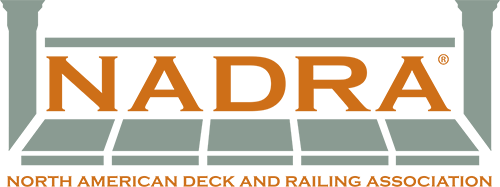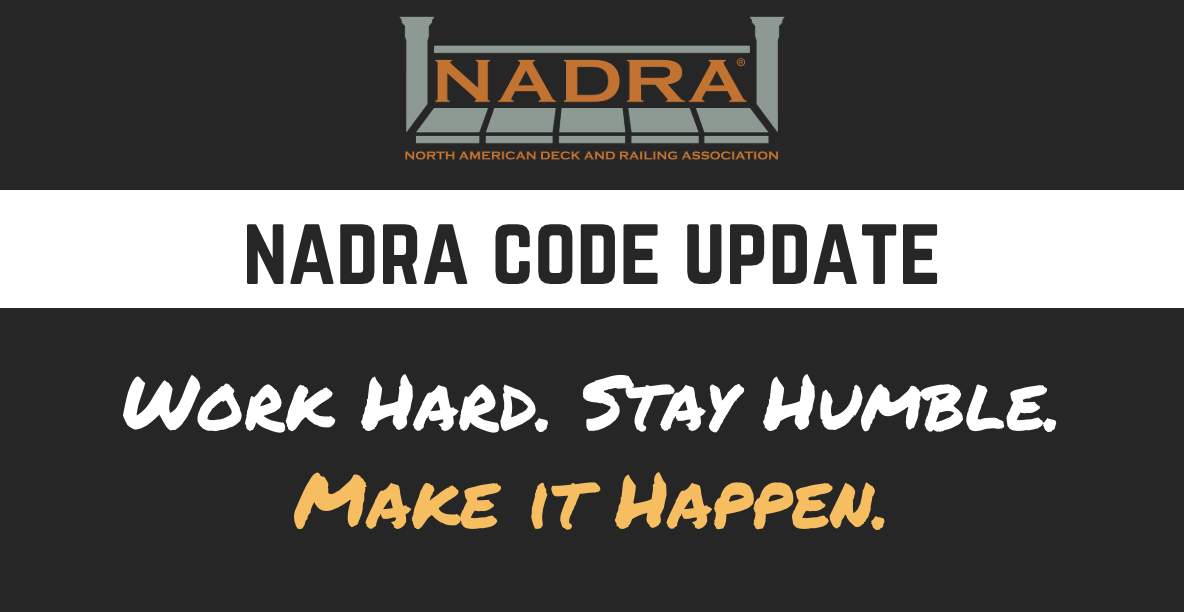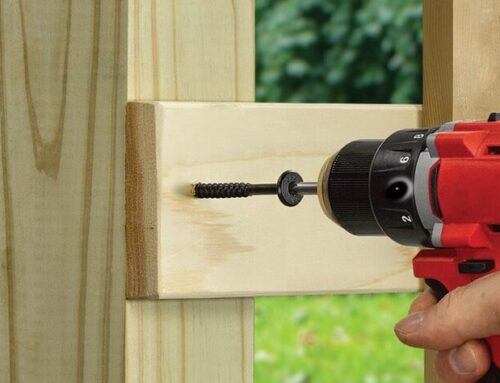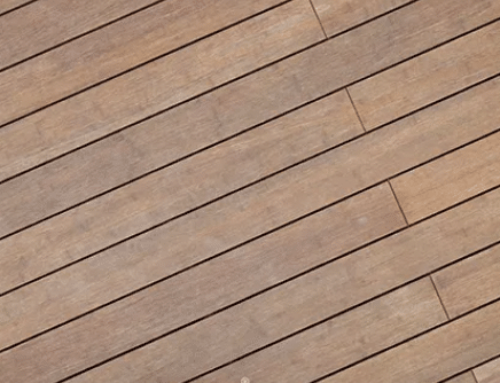September 25th, 2019
By Glenn Mathewson
Last year at the NADRA annual meeting, I asked the membership to step up and take the reigns of code development for their industry. Uncomfortable as it was, I was asking for financial support to NADRA so that I could do this work. Thankfully, many builders and manufacturers heard me loud and clear and decided to be the leaders of their industry. Click the link here and find out the fellow members you need to thank. They are carrying the industry’s future on their shoulders.
Here is what we have been able to do so far:
- Listen, respond, and contribute to the deck code development work being done by the Deck Code Coalition.
- Attend a meeting of the Dead and Live Load Subcommittee for the American Society of Civil Engineers where minimum loading and load direction on guards and handrails was being discussed.
- Draft proposals for the 2021 International Residential Code (IRC).
- Review other’s proposals for the 2021 IRC.
- Prepare and deliver testimony at the Committee Action Hearings regarding all deck-proposals, others and ours.
- Review public comments attempting to alter the committee decisions.
Now we are preparing for attendance and testimony at the Final Action Hearings in October, the last step to convince others of the value and caution of all the proposals. After this hearing, the governmental membership will make the final vote through an online process and by early next year, we will have a glimpse into the future code to be adopted across the nation.
While this will close the 2021 IRC development process, the work of representing and defending an industry in codes and standards will never be over. It requires constant attention, as there are many ways codes and standards are modified and affect our industry. Though we have made great strides in our reputation as an industry leader and in our work in the IRC, we need continued and expanded financial support to keep our momentum. The list of contributors, provided above, is wonderful, but quite honestly…it should be longer. The burden of defending an industry as large as decks and railings should not be carried by so few.
Little happens in the world without money driving it and at this time, we can’t address even half of this list below. We need your help.
Here is a sampling of the kind of places we still need to offer our attention:
- International Building Code (IBC) development. Crazy as it may sound, the 2024 IBC will be developed in 2021, and that means proposals are due by January 2021. This code regulates decks on commercial buildings and multifamily residential. These deck may not be the elaborate, outdoor living environments many of our builders craft, but they are still decks. They are still our industry. Tragic deck collapses that have driven outsiders to propose code for decks aren’t solely in private backyards. The mistakes of the past (many still being done today) that haunt our industry happen in apartment decks and those outside churches, coffee shops, real estate offices, and other other public buildings with outdoor spaces. As soon as the 2021 IRC process concludes in early 2020, we must immediately start work on the IBC.
- International Swimming Pool and Spa Code (ISPSC). This is yet another ICC code with a direct affect on decks. Have you ever read Section 306 of this code? You probably should… its titled “Decks”. According to this code, if you put a deck around a hot tub or a hot tub on a deck, the deck must be sloped? Oh? You only build level decks? You Hack! (ha, ha). This code was first developed in 2012, so it hasn’t taken hold across the country yet, but in my experience…government only gets bigger, not smaller. It would be prudent to assume you will face this code in your future, so perhaps we should be taking part in how it reads.
- American Society of Civil Engineers (ASCE). ASCE-7 is the standard where all dead and live loads on structures are determined. This organization and the committee in charge of the work deals with loads on everything from high rise buildings to vehicular bridges to backyard decks. With all respect to their membership’s qualifications, quite frankly, decks aren’t where they spend their professional time. It’s imperative that those that do spend their time with decks bring their voice to these professionals and contribute their knowledge and experience. I’ll be attending their October 17th meeting where guard loads will be discussed for modification.
- ICC-Evaluation Services. New products and ideas hit the market and need to be tested for equivalency to code prescribed methods. Often new test methods have to be developed and ICC-ES conducts a transparent process to develop Acceptance Criteria (AC). This criteria then establishes a precedence for how similar products must be tested for approval. Does the deck and railing industry have unique and proprietary products? Of course! And we need to be sure we are there when the measure of these products, the ACs, are created.
- American Wood Protection Association (AWPA). This organization and their standard AWPA U1 and M4 are the authority on decay resistance of lumber. Decks got major attention in their 2016 edition of this standard, and the results appear to require ground-contact-rated treated material for nearly every part of the structure, regardless of climate or distance above grade. This is a big subject, and one we should have an ear to, as the controversy around this is bound to surface. Here’s a video that explains the details…in detail. You can decide what you think is required from the new language in the standard. https://youtu.be/27Hkb2ktYsM
- American Wood Council (AWC). You may have heard of a document called “DCA-6”…I expect you have. Before the 2015 IRC recognized decks with specific design provisions, the AWC had already begun to provide them in their document. Many governments point to this document as their deck standard. While the AWC has contributed greatly to deck codes in the IRC, they still develop this document to fill in the remaining holes. We have a great relationship with this organization and certainly should be available to assist and contribute to their great work in our industry.
- All code is local code. Have you ever heard this before? Though the ICC and the organizations above are the highest level of authority, they actually have no authority at all. The authority is in the governments that adopt these standards as their rule of law. Unfortunately, many of these governments believe they know better and they amend the code prior to adoption. This is where the rubber meets the road or should I say the code meets the decks. Though we could never attend all the meetings in the tens of thousands of jurisdictions across this country, we certainly could and should take part in state actions and major cities in major deck markets. The state of Georgia recently finalized their new code adoption for 2020 and the City and County of Denver is running hearings right now for their new code next year. Paying attention to state and local level issues is all a part of what we could and should do. Bottom line…all this attention requires money.
We need you to see the importance of this work and make it important to you. Your future self will thank you. As always, NADRA and myself have an open line for you to communicate your codes and standards concerns and ideas, but before you do, please click this link.




